#reusedmaterials
Text
Here's how my grandma and I try to live a low waste lifestyle in the city
First thing is we reuse everything. We have a portion of our shelves dedicated to holding plastic food containers we have washed and are waiting to be used to hold leftovers, dried foods, as seed starting pots, etc. We also save any and all jars to hold dried herbs and food products.
Actually reuse is a big thing for us. We shop at places that use paper bags, which I then cut up to use as scrap paper for grocery lists, etc and then compost after that. We also have a small container with rubber bands from products, bread ties, etc.
If you can afford the start up costs and have the space, preserving your own food is excellent. We have a really small garden that produces a lot of food every year. My favorites are dehydrating (using a dehydrator that is at least 30 years old from back when my grandpa was into making jerky), freezing, and canning.
Also, use every bit of food. Right now in the freezer I have bags of apple cores and peeling, pear cores and peeling, and peach peels along with bags of bones and veggie scraps for broths. The fruit scraps will go towards making big batches of jelly when canning season is over. I'll probably use the pulp leftover to dehydrate and powder to add to baked goods following a success with crabapple jelly pulp. I've also made spaghetti sauce out of tomato peels. Anything rotting or absolutely unusable gets tossed in the compost.
Reusables!! Obviously in today's world you can't avoid plastic but you can reduce how much you use. We use reusable produce bags that I made out of scrap Tulle, reusable grocery bags, water bottles, ziploc bags, etc.
If you have a yard or space, composting is a big one! My grandma says she never realized how much food we tossed until we started one. You don't even have to spend money on it! I know people who use totes they drilled holes into, just toss it In a hole in their garden, etc. The one I use is an old hose winder (one of those cube ones( that broke and my work was going to toss. All I did was cut out the hose winding part and paint it pretty and it's held up for 2 years and counting so far.
Hang dry clothes. In summertime we almost exclusively dry our clothes on a line or on a clothes drying rack I found at a yard sale.
Keep your heat or ac a few degrees higher or lower depending on the season. This helps save energy being used to heat or cool your house.
Wash clothes in cool or cold water. I've been doing this for years and haven't noticed a difference.
Repair. You don't have to be a sewing genius to quickly repair a small tear, especially if it's just for household wear. A great winter time hobby to pick up when gardening season is over.
Trade! This can be as simple as hosting a clothing swap all the way up until trading items u grew/made for items they did! I barter with my coworkers all the time, just talk to them! I never would have known my coworker kept bees if she didn't really like my jellies and proposed a trade. I also trade any of my soft produce I don't have time to do anything with to my coworker with rabbits in exchange for poop for the garden.
Try to be in season from local sources such as garden stands, or just a local grocery store. One of our local farms grew bell peppers and was selling then 2 for a dollar! So we stocked up and dehydratedand froze lots of peppers for winter stews
Blended pumpkin guts makes an excellent pumpkin puree, even if you're just adding little bits of it to your dog's food :)
You can freeze a lot of stuff! Leftover spaghetti sauce, pumpkin puree, etc can all be frozen in a muffin pan and then put in bags for future use!
Forage! I personally mostly forage for greens and a few mushrooms I am confident in my ability in but that still bulks up your food supply as well as medicine supply! I made a salve using bartered beeswax and spring purple dead nettle and summer plantain (and some tea tree EO) for cuts and scrapes and it works miracles! My coworkers love it as well as friends and family
We really try to live by the waste not, want not and use it up, wear it out, make it do, or do without phrases. Just figure out what works best for the life you live! Be creative!
#solarpunk#environment#sustainable#environmentalism#environmentally friendly#off grid living#cottagecore#goblincore#zero waste#zero waste living#low waste living#low waste#practical zero waste#zero waste in the city#eco friendly#eco friendly living#reduce reuse recycle#reusedmaterials#reuse#practical solarpunk
807 notes
·
View notes
Text
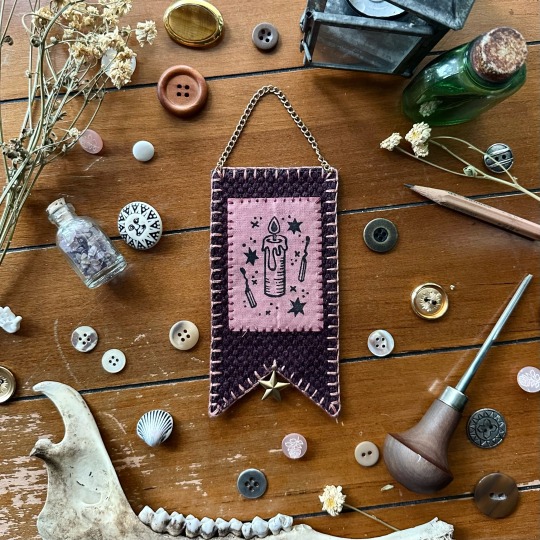
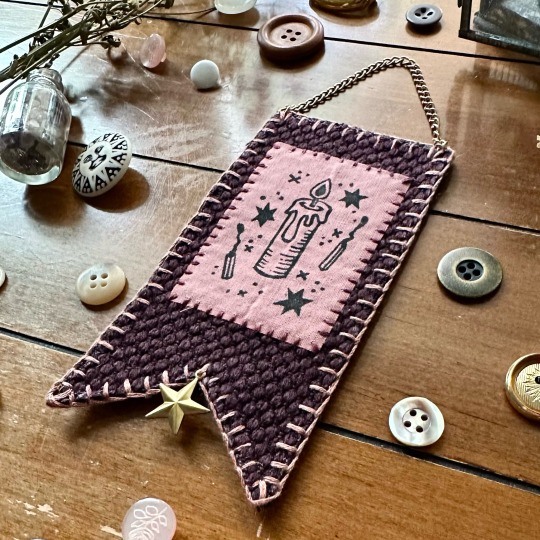
candle light banner
Jasper Alexander
linocut print on recycled fabric, hand sewn using upholstery sample, felt, and second hand notions
#linoprint#printmaker#block printing#printmaking#relief print#block print#handmade#reliefprint#salted snail studio#blanket stitch#embroidery#creative reuse#creativereuse#textile recycling#textile printing#mixed media#fabric art#reusedmaterials#relief printed fabric#relief printmaking#candle#candle light#candle magic
33 notes
·
View notes
Text

I embroidered myself a little name tag a couple days ago out of some scrap fabrics my mom gave me, & yesterday I added some colorful buttons to the corners. I used my sewing machine to add one of the buttons, but the material in the corners was really too thick for my machine, so I did the others by hand. The safety pin at the top didn't quite look secure enough, so I also added a (rough 🤷♀️) blanket stitch to the top to help with that.
19 notes
·
View notes
Text
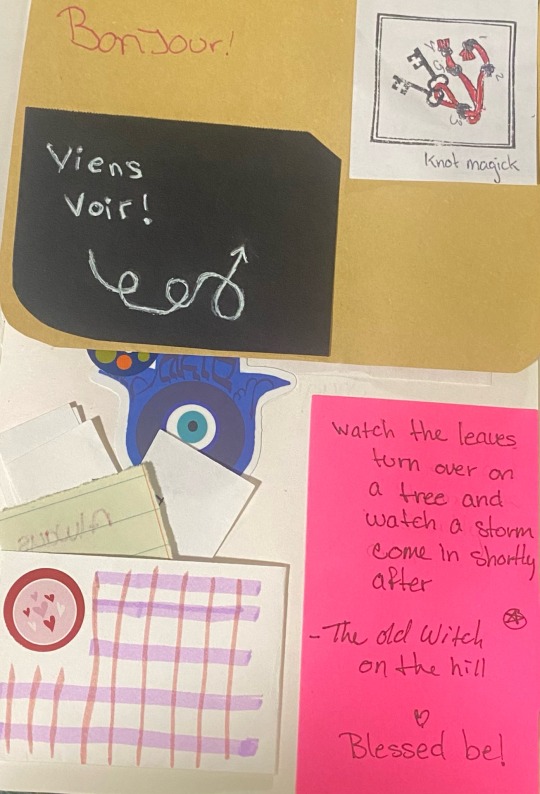
Little bit of my new winter hobby: junk journal pages✨
#witchblr#witchcraft#baby witch#scrapbook pages#junk journal#magic#magick#my spreads#journal inspiration#journaling#witch#witch community#pages#junk journal page#stickers#reusedmaterials#witchy vibes#witches of tumblr#witch aesthetic
7 notes
·
View notes
Text

REMEMBER RECYCLE REDUCE REUSE
https://www.teepublic.com/t-shirt/45318794-remember-recycle-reduce-reuse?store_id=14512
7 notes
·
View notes
Text
The Issues Surrounding Lithium-Ion Battery Production and Disposal

The increasing demand and production of electric vehicle batteries have become unsustainable for the Earth's ecological welfare and human populations because of their extraction process and afterlife disposal. As the auto industry continuously advances with electric cars, the market for rechargeable batteries increases, with Lithium-ion batteries (LiB) becoming the most commonly used rechargeable batteries. LiB features a secondary cell construction allowing their lifespan to provide the highest energy density and hefty charge/discharge cycles, making them widely used for electrical devices requiring a long battery lifespan. However, for multiple reasons, lithium-ion battery production and its inefficient afterlife disposal have become environmentally and socially unsustainable.
With lithium production, mining sites worldwide threaten the ecosystems and communities outside the areas because of greenhouse gas emissions, excessive water use, and the destruction of livable land. Mining sites use approximately 500,000 liters of water to extract one ton of lithium during the extraction process while spreading heavy metals and chemicals to the surrounding environment, which contributes to air and water pollution. Using livable land as a mining site loses the biodiversity and culture of those areas by compromising wildlife with battery chemicals, infiltrating rivers and streams with dangerous metals, and releasing toxic chemicals into the air.
Alongside the environmental repercussions, people working in these mining sites are underpaid, overworked, and in unsafe working conditions since they are usually located in areas without government regulation. As working conditions remain hazardous, water and air pollution also affect communities by creating health risks, such as burns, neurological damage, and cancerous disabilities.
After its production, manufactured lithium-ion batteries risk deteriorating below functional levels after numerous uses, prompting consumers to dispose of them improperly. Researchers say only 5% of used Li-ion batteries are recycled in the United States. As people toss batteries into the trash, they end up in landfills, making the area prone to fires and explosions years after. The Li-ion batteries can also release toxic components into the soil and surrounding bodies of water, making it difficult for all living organisms to sustain themselves.
These batteries' end-of-life disposal should not end up in household recycling or garbage bins because they can be a possible fire hazard but instead discarded at a local battery recycling location. Even with recycling, there is a danger for recycling trucks transporting, handling, and discharging battery waste since they can ignite other materials because of their explosive properties in high temperatures.
However, despite the hazards associated with every part of a lithium-ion battery's life cycle, actively trying to recycle them at a separate recycling or hazardous waste collection point. This way, there can be preventative measures in place to eliminate harming the environment while scientists and researchers look for more ways to be more sustainable with battery production and consumption.
Sources
Zhao, E., Walker, P. D., Surawski, N. C., & Bennett, N. S. (2021). Assessing the life cycle cumulative energy demand and greenhouse gas emissions of lithium-ion batteries. Journal of Energy Storage, 43, 103193. https://doi.org/10.1016/j.est.2021.103193
#climate change#climate justice#earth#environment#environmentalism#epa#batteries#renewableenergy#reusedmaterials#lithium#environmetalists
4 notes
·
View notes
Text
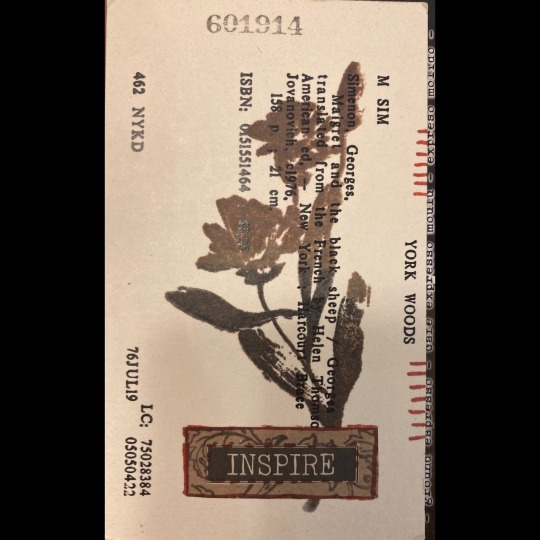
I love index cards 🎨😊
…. And the grungy effect of this flower stamp on this typewriter text.
Fun fact I made this on a whim just to test out the stamp 😉
Both the flower stamp and index cards were thrift store finds.
#vintage paper#ephemera#paper#index cards#typography#vintage#paper art#crafting#paper crafts#stamping#thrifting#thrifstorefinds#thrift#upcycle#reusedmaterials
4 notes
·
View notes
Text
Comfy storage at firewood
youtube
#recycle#reduce reuse recycle#reuseandrecycle#creative reuse#reusedmaterials#reuse#diy tutorial#woodworking#crafts#diy#youtube#youtube video#wooden#simple#craftblr#forest#natural#nature#tree art#trees and forests#Youtube
2 notes
·
View notes
Text
#sustainability#denimoveralls#denim market#recycle#reusedmaterials#fast fashion#fashion#patchwork#design
6 notes
·
View notes
Text
Another episode of I'm someone who can't rid of anything that might be useful because everytime something ends up useful it just boosts my confidence in saving things:
My favorite hair scarf that was my very first one and i already bought it old as shit got a stain on it, and my grandma was hand washing it for me with just water because it is Delicate and the water itself put holes in it it was that worn/old. However I'm a sentimental fool who loved the stupid thing and it was my Literal Favorite so we had a big picture frame with a piece of art my grandma was going to toss (it was mass produced not an original, she bought it off of QVC once upon a time) and i just wrapped the head scarf around the back of the old print and it actually looks really good we both love it even with the hole in the scarf. I'm also a sentimental fool who was thinking that maybe it'll get passed on one day as "grandma's/aunt's/sisters favorite head scarf" but idk I'm just a fool 😂

#solarpunk#sustainable#environment#practical solarpunk#environmentalism#environmentally friendly#sustainability#ecofriendly#eco friendly#low waste#low waste living#low impact#practical zero waste#zero waste in the city#zero waste living#zero waste#reduce#reduce reuse recycle#reusedmaterials#reduce plastic#reuseable#reuse#reduce waste#diy#diy art#fabric scraps#art#decor#home decor#picture frame diy
28 notes
·
View notes
Text

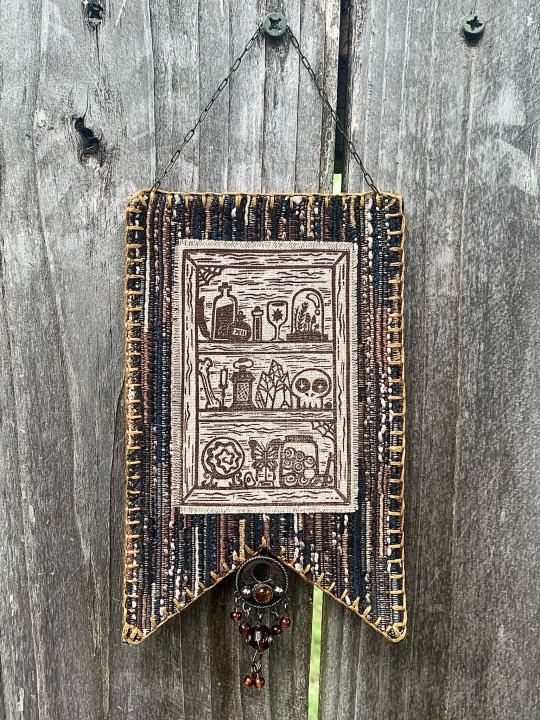
Curio Cabinet
Jasper Alexander
Linocut relief print on fabric, wool felt, reused upholstery sample, second hand broken necklace & thread.
#linocut#linoprint#printmaker#block printing#printmaking#relief print#block print#handmade#reliefprint#salted snail studio#creative reuse#blanket stitch#embroidery#fabric printing#witchcraft#reusedmaterials#creativereuse
45 notes
·
View notes
Text


reusing film strips!
#film photography#35mm#reusedmaterials#recycled art ideas#sylvia plath#the bell jar#roland barthes#camera lucida
4 notes
·
View notes
Text



I made shirts
Each shirt is printed on a used blank
We saving the earth one shirt at a time!
Buy here
3 notes
·
View notes
Text
We created a great thing out of our old wooden table and some drawers 80 years old, and we intend to create a space to build a sensible business with likeminded individuals across globe
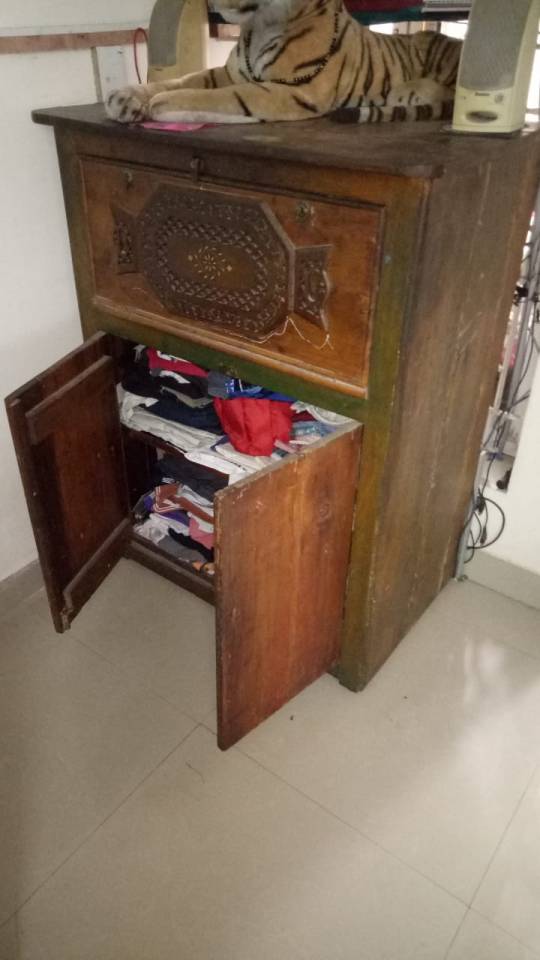
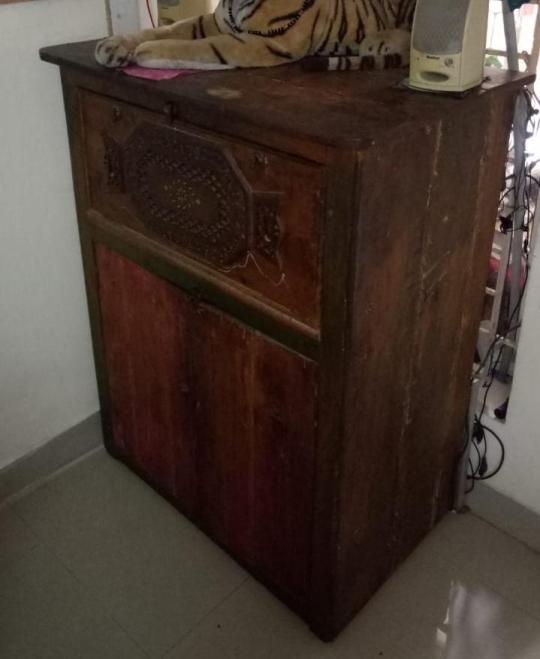
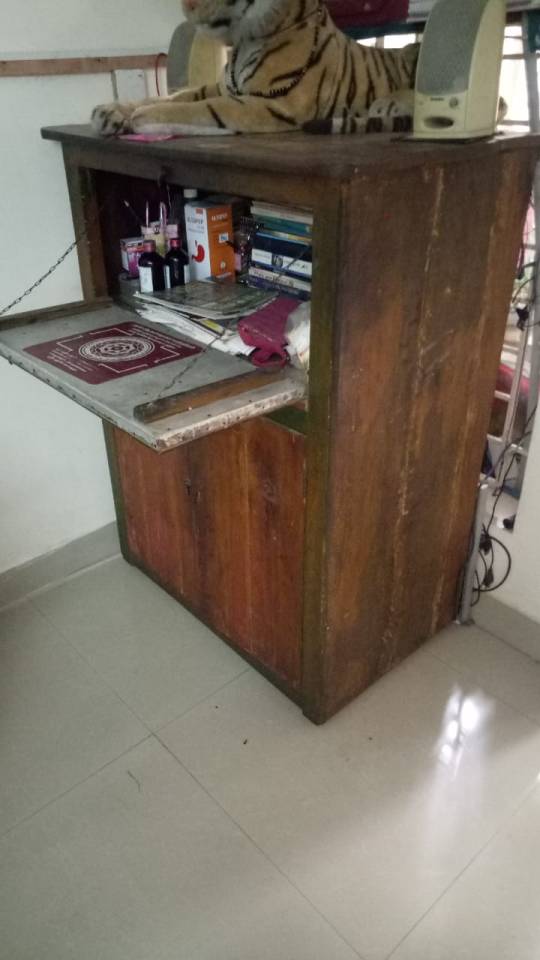
#oldisgold#oldish art#recycle#zerowaste#sustainability#reusedmaterials#reduce reuse recycle#adaptive reuse#i was born for this#waste#optimumuse#resource#lovelife
2 notes
·
View notes
Text

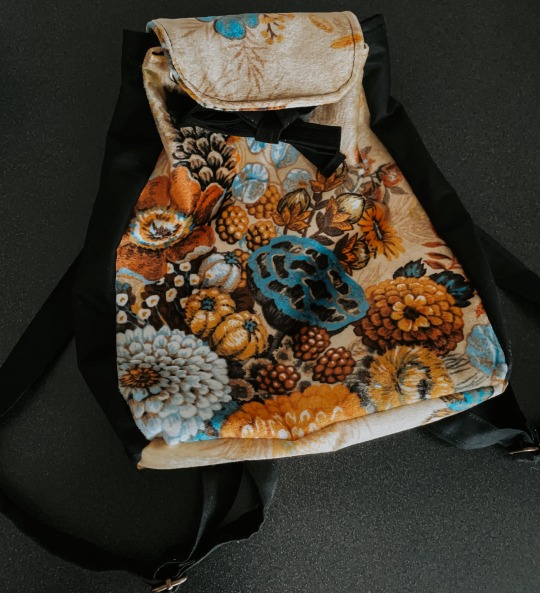
Thrifted some old tacky upholstery fabric and made this little drawstring bag with it. Pretty pleased with how it turned out and I’ve got enough for a second :]
1 note
·
View note
Text
The 3 R's of Waste Management
Reduce, reuse, and recycle.
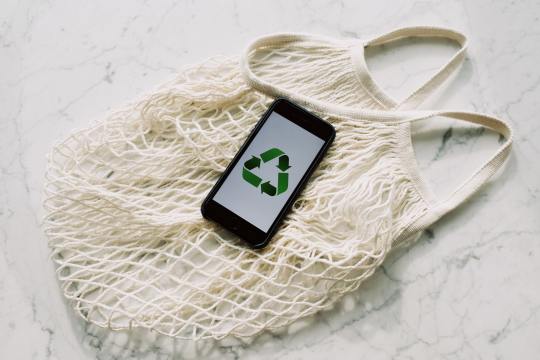
The 3 R's are the necessary foundations of conservation and waste management techniques for a more sustainable lifestyle.
Sustainability, in its environmental definition, is the ability to maintain conditions supporting biological life on Earth by preserving natural resources. The continued prevalence of diminished natural resources due to the rise in greenhouse gas emissions, such as carbon dioxide and methane, from human activity over the past decades has impacted our course of sustainability on planet Earth. However, reducing, reusing, and recycling materials will lessen energy consumption instead of mining, extracting, and producing new goods with raw materials. These forms of waste management will allow trees to be planted in areas to lessen the carbon dioxide in the atmosphere that would otherwise be used as landfills for trash.
Reduce
Overconsumption of products that yield mass amounts of trash can contribute to the problem that waste management is trying to fix. Being aware of the issue at its roots and diminishing the need to throw away items can better sustain and handle the waste output that one is producing. Reducing the amount of discarded waste can also lessen the need to reuse or recycle items constantly.
Some ways to reduce and use preventative measures are to:
use reusable forms of everyday daily items such as reusable beeswax food wraps, washable utensils, electric lighters, metal razors, and recycled grocery bags
compost compostable foods at compost centers in your state
shop at zero-waste grocery stores in your state
avoid throwaway items such as single-use cutlery and dishes
replace paper items with fabric or cloth options such as fabric napkins, dishcloths, and cotton paper towels
buy products in bulk as opposed to small, single-use containers
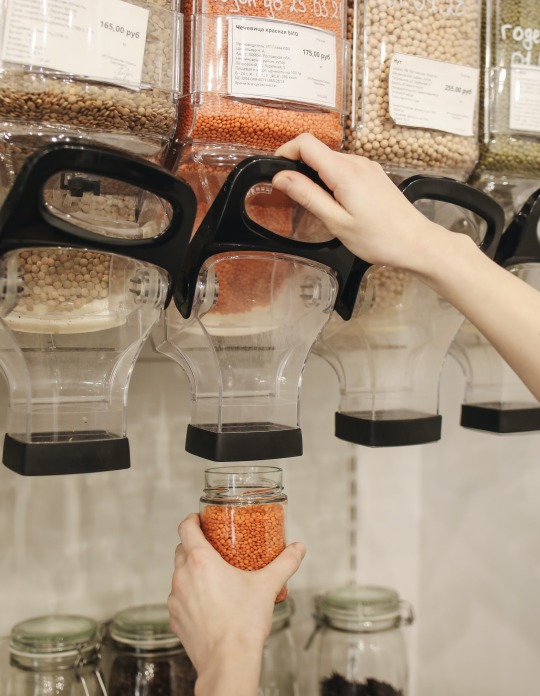
Reuse
Often, it can be easy to discard packaging or items that no longer work or have a use for them. Instead, one should put creativity into practice when thinking of ways to reuse an object instead of throwing it out entirely and increasing waste output.
Some ways to reuse common thrown-away items are to:
turn used milk, coffee, juice, and water cartons into birdhouses
grow seedlings in empty egg cartons
use empty plastic milk jugs for your garden in creative ways
clean out glass jars or containers and repurpose them as a storage component
sell or donate old clothes, furniture, appliances, etc., to those who can use it
reuse grocery bags to cover small trashcans or on your next trip to the store
utilize newspaper as a way to cushion fragile items for storage
use leftover wood as fuel for bonfires
donate old notebooks and books for children who are in need of them

Recycle ♻️
At times, it can be easier to throw away used goods rather than recycle them and allow them to redirect potential waste from landfills, conserve energy, and reduce the need to extract new materials for new products. According to the EPA, "recycling one ton of paper would save enough energy to power the average American home for six months, save 7,000 gallons of water, save 3.3 cubic yards of landfill space, and reduce greenhouse gas emissions by one metric ton of carbon equivalent (MTCE)."
Some ways to get started with recycling items can be to:
buy items that are made with recycled materials so that once it is used up, you can recycle them and restart the process
educate yourself on the plastic recycling symbols and learn what they mean and if they can be recycled
be aware of the fact that not all plastics can be recycled at certain facilities
clean out hazardous/unrecyclable contents before recycling items
choose to buy things that are made with water-soluble solutions instead of chemical-based solvents
look out for materials that local recycling facilities are accepting, and start collecting recyclable items
use public blue bins that indicate if they accept paper, glass, or plastic for an easy-access recycling system

Efforts to start being sustainable might seem to make a slight difference amongst the tons of trash thrown away daily, but having one person reuse, reduce, and recycle, can make a big difference in a healthier Earth.
Sources
“3rs - Reduce, Reuse & Recycle.” SustainableSA.Com, 2 Aug. 2016, www.sustainablesanantonio.com/practices-technology/reduce-reuse-recycle/.
“Basic Information Details | Paper Recycling.” United States Environmental Protection Agency, 21 Feb. 2016, archive.epa.gov/wastes/conserve/materials/paper/web/html/index-2.html.
“Climate Change Indicators.” United States Environmental Protection Agency, 1 Aug. 2022, www.epa.gov/climate-indicators/greenhouse-gases.
“Climate Change, Recycling, and Waste Prevention.” Climate Change, Recycling and Waste Prevention from King County’s Solid Waste Division - King County, kingcounty.gov/depts/dnrp/solid-waste/programs/climate/climate-change-recycling.aspx. Accessed 1 July 2023.
Fahad. “3 R’s of Environment - Reduce, Reuse, Recycle.” Earth Reminder, 4 Jan. 2020, www.earthreminder.com/3rs-of-environment-reduce-reuse-recycle/.
#environment#recycle#reduce#earth#epa#environmentalism#climate change#climate justice#recycle reuse renew rethink#reusedmaterials#reduce reuse recycle#ecofriendly#sustainability#sustainable#recycled#environmetalists
6 notes
·
View notes